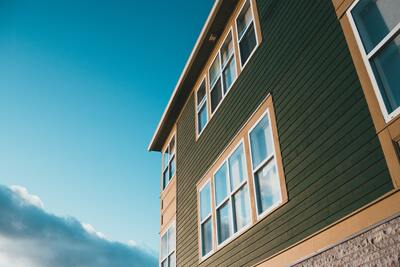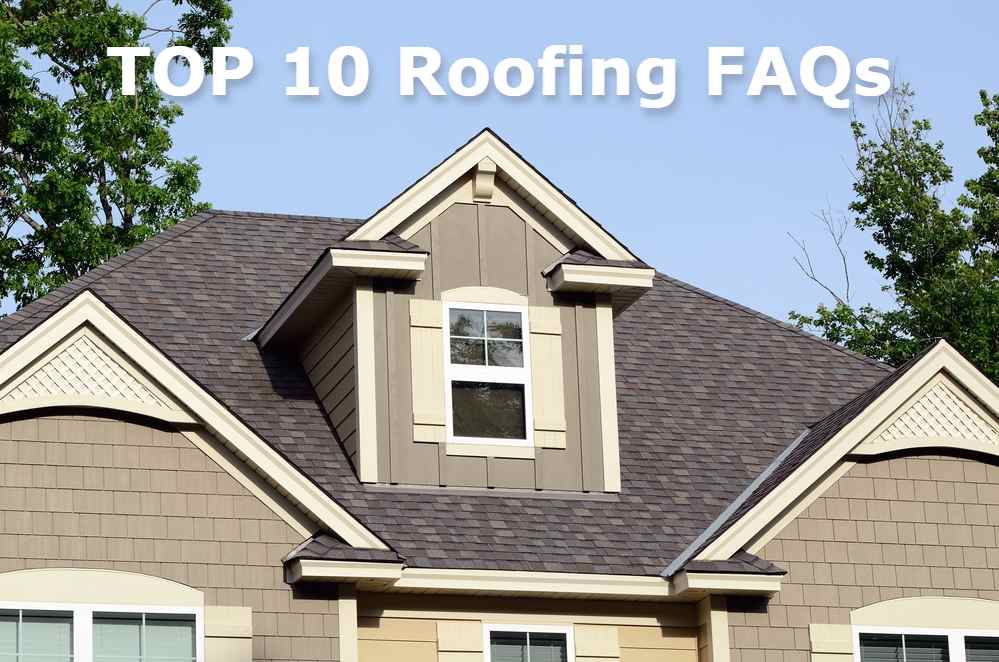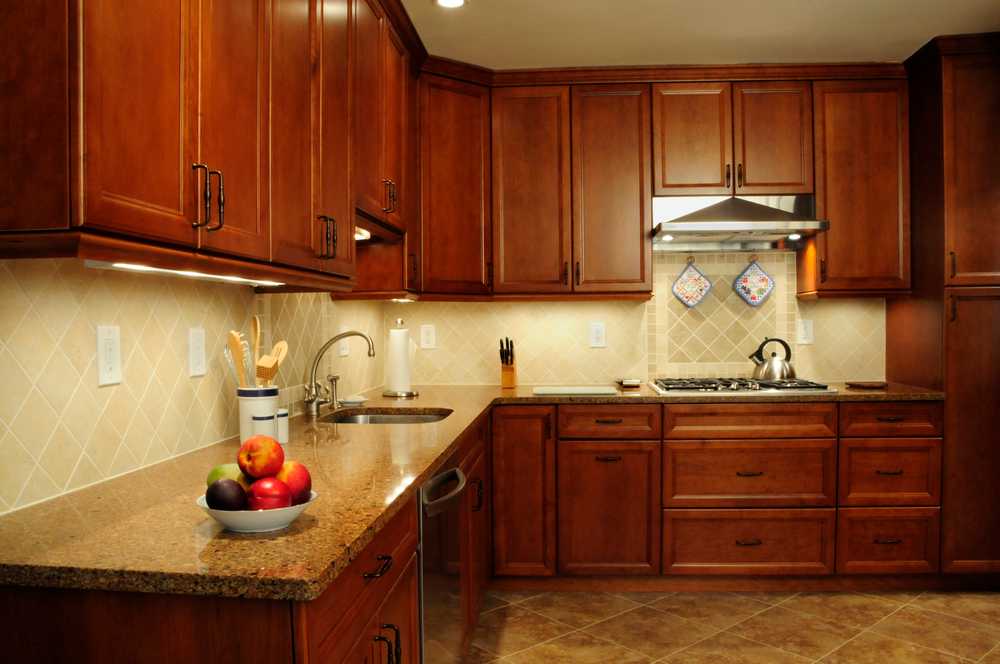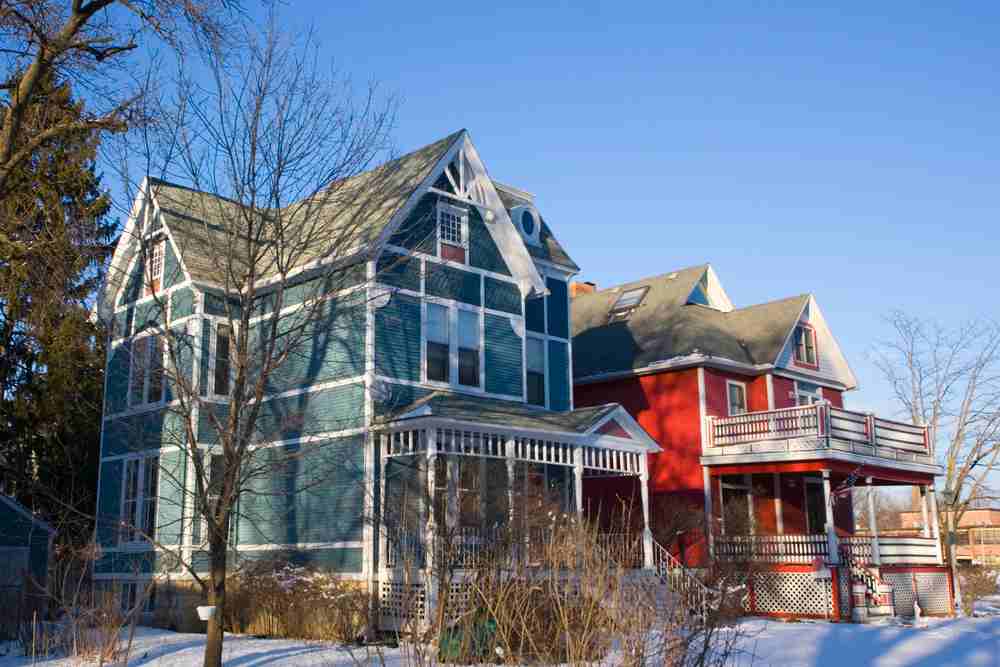New siding offers a great way to revamp your home’s appearance with color and definition.
There are many siding materials and styles to choose from to suit your taste and the architectural style of your home. Though, in addition to upgrading the curb appeal of your home, you want to consider siding durability and maintenance.
Read on to learn more about today’s siding options available to you to put that perfect touch on your favorite place.
Vinyl Siding
Advancements in style and durability have helped vinyl siding become the most popular home cladding in the United States since its introduction decades ago. The “plastic look” that once beset vinyl siding has been replaced by more than 300 color styles in an array of profiles, which include traditional horizontal and vertical panels, shingles, shakes, lap, wood grain patterns, beaded designs, and fish scales.
Moreover, vinyl siding remains one of the least expensive claddings to install, requires little maintenance, is fade-resistant, weather-proof, insect-proof, and extremely durable under normal circumstances.
Fiber Cement Siding
Fiber cement siding has gained in popularity for homeowners seeking a long-lasting cladding with low maintenance and which looks great, too. The sustainable aspects of fiber cement siding manufacturing appeals to many, as well.
Fiber cement siding comes in an array of textures that replicate the appearance of wood, masonry, or stucco. Once installed, fiber cement siding has low maintenance costs and lasts a lifetime. Moreover, fiber cement is non-flammable and resistant to termites.
At Welter Construction, we use James Hardie products, the founder of fiber cement in the 1970s, which is committed to sustainability while providing a superior product.
Aluminum and Steel Siding
In situations where cladding durability is a top priority, aluminum and steel sidings are popular alternatives to vinyl, wood, and other materials. In use since the 1940s, the popularity for aluminum and steel grew in the 1980s for their aesthetic appeal with styles simulating wood.
Aluminum siding is available in an array of colors and textures with styles similar to those for vinyl and simulated cedar shakes. Moreover, aluminum siding won’t rot, blister, or rust. It’s impervious to insects and it’s fireproof. With proper maintenance, aluminum siding may last up to the life of the house. Low maintenance includes merely hosing it off once a year and painting as necessary.
Steel siding is heavier than aluminum, and it’s more resistant to dings and dents. Like aluminum siding, steel siding is fire-resistant and insect-resistant. However, steel siding can rust if it is scratched. If scratches do appear, the areas should be primed and painted before rust sets in.
Steel siding is available in an array of colors with a baked-on, guaranteed finish that is smooth or replicates a wood finish. Steel siding is very durable and may last 50 years or well more.
Cedar Siding
Cedar siding is found on centuries-old homes and brand new structures. Its beauty is timeless. That alone is enough to convince many homeowners that cedar siding is the right choice, but it’s good to look at cedar’s other virtues, too.
Cedar siding withstands the elements, such as hail damage, better than pine. Cedar siding also appeals to many homeowners for its environmental advantages compared to manufactured sidings.
Cedar siding may be stained or painted, or left natural to turn gray as it weathers and ages. Cedar siding is available in a variety of dimensions with profiles including board-and-batten, bevel, lap, trim, tongue-and-groove, and shingle.
To learn more about the best siding options for your home, give us a call at Welter Construction. We’re standing by 24/7 at 763-710-2066.










